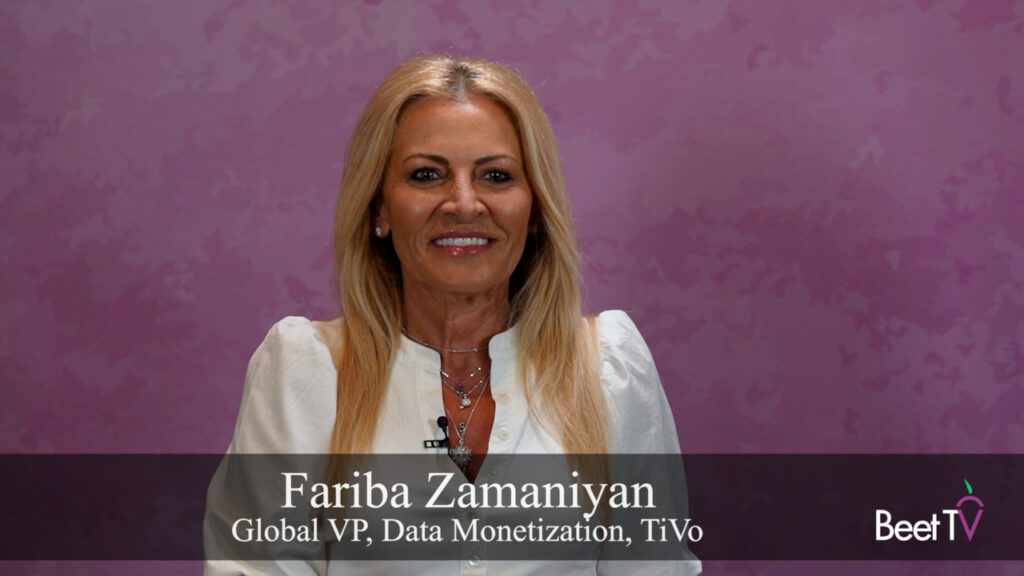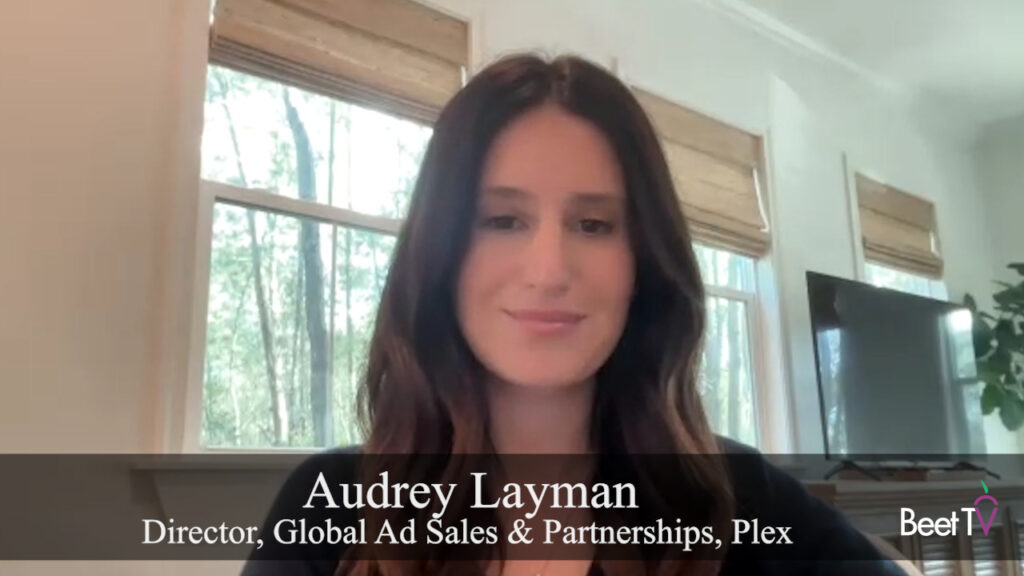In a world of Slack, social and video, it may be much maligned.
But email, which dates back to at least 1973, could wind up being the unlikely glue of advanced digital marketing stacks.
Email marketing is nothing new, of course – brands have practiced it for decades.
But, somewhere along the line, marketers trying to use web and app outlets to reach unknown consumers did so with data points and identity warehouses.
New privacy rules are limiting those tactics, so the industry is seeing a swing back to relying on “first-party data”. And Kelly Leger, SVP for M1 at Merkle, thinks email is the best kind of first-party data point there is.
“Email has often gotten a bad rap, but it’s really, I think, the key to moving forward with – whether it’s self registered users on sites or whether it is actual communication via email,” she says in this video interview with Beet.TV.
“I really think that we’re going to see a big swing and a big uptick in that form of communication using email as the key to advertising. Whether it, again, it’s online or whether it’s a message through email to those individuals.”
Measures like Europe’s GDPR put new limits on advertisers’ ability to process people’s data, except with strict opt-in. California has a similar law pending.
Around the internet advertising world, companies are sternly looking to pivot away from indiscriminately finding audiences using third-party data attributes, preferring seemingly higher-quality profiles that come when a user opts in to receive communication from a brand.
“Publishers really need to double down and focus on identity and focus on getting actual known data points around consumers who visit their sites,” Leger says.
“Then, obviously, tying everything together with consumer identity, one true identity, one look.”
This video is from a Beet.TV series “Unlocking People-Based Marketing on the Open Web presented by OpenX.” Please find more videos from the series on this page.



































